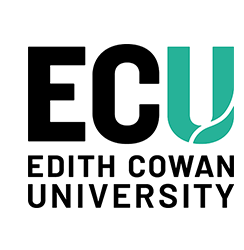Author Identifier (ORCID)
Carol Puddicombe: https://orcid.org/0000-0002-0312-5306
Abstract
This chapter examines the integration of digital technologies in Engineering education contexts from primary to secondary school classrooms. It outlines a progression of learning experiences integrating digital tools, such as Computer-Aided Design (CAD) software, programming platforms, and data analysis applications, into Engineering education modules so that students can build their technological proficiency and creativity. The chapter emphasises using real-world scenarios, such as the design of a smart garden or bridge-building projects, to make engineering principles more tangible. It explores the role of signature pedagogies and the Standards for Technological and Engineering Literacy (STEL) in structuring curriculum and instructional strategies to foster critical thinking, problem-solving, and collaboration. By aligning the use of digital technologies with students’ developmental stages, this chapter illustrates how hands-on experiences, iterative design processes, and strategic use of technology can cultivate a generation of learners who are not only technologically adept but also are better positioned to tackle the modern engineering challenges we face today.
Document Type
Book Chapter
Date of Publication
1-1-2025
Publication Title
Creative Technologies Education Students as Digital Designers
Publisher
Taylor & Francis
School
School of Education
RAS ID
82363
Creative Commons License

This work is licensed under a Creative Commons Attribution-Noncommercial-No Derivative Works 4.0 License.
First Page
190
Last Page
207


Comments
Christie, M. D., von Mengersen, B., Levins, M., & Puddicombe, C. (2025). Students as digital designers in engineering. In Creative Technologies Education (pp. 190-207). Routledge. https://doi.org/10.4324/9781003490715-13